About Chirr
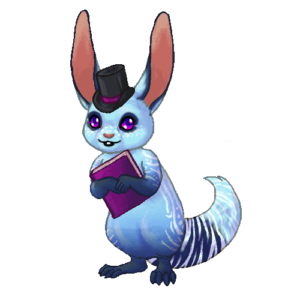
Named for their distinctive chirrup vocalizations, chirr are related to rabbits and pika. Though they will
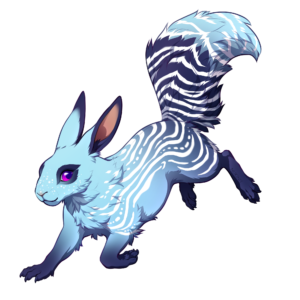
run on all fours, chirr typically stand on their hindfeet, and measure about one and a half feet to the top of their heads. They’re intelligent creatures, very prone to personalities and easy to “train”, but many owners claim that chirr are more likely to train you, particularly if you keep more than one.
Intelligent and helpful creatures, they are enjoyed by fanciers, pet owners, and even adventurers for their mild disposition and ability to perform many assistive tasks.
Chirr ear and tail physiology varies wildly thanks to regional differences but also selective breeding. Chirr enjoy being dressed up and decorated, and spend hours preening in front of mirrors.
Chirr is a word like moose; It’s both singular and plural. One chirr, ten chirr, it’s all the same.
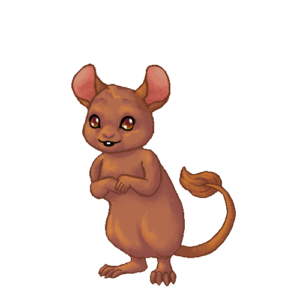
Plains
Plains chirr are incredibly speedy and in the wild, usually very muted in color, ideal for zipping along in prairie grasses to avoid predators. They are the most common type of chirr, and are favored by keepers for their small, rounded ears and long wippy tails with decorative tufts of fur at the end. They, like all chirr, take well to domestication and do well with other animals or solo.
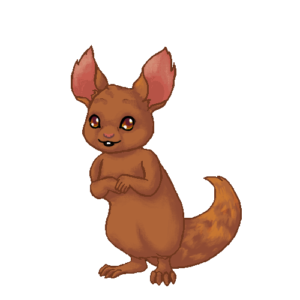
Mountain
Mountain chirr have recently seen a surge of popularity with owners, probably because of their very bushy tails, like those of foxes. In the wild, their strangely shaped ears serve to differentiate them from afar with the foxes they commonly co-habitate with. Easily the most vocal of all the types, mountain chirr love to have spaces to climb and explore, and require much brushing to keep their tails from becoming matted.
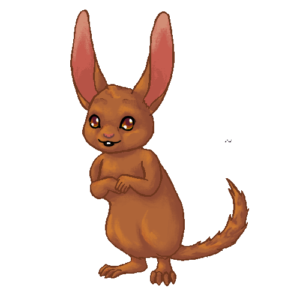
Forest
Forest chirr and are often overlooked because they can be somewhat more fussy than other types. In their natural habitat, they are more likely to live in a den than anywhere else, and are nocturnal. Domesticated forest chirr tend to sleep in schedule with their owners. Forest chirr have long ears like rabbits and wiry, long-furred tails.

Cloud
Cloud chirr are incredibly rare and difficult to breed in captivity, as the resulting litters almost never develop wings. However, because of heavy predation from large falcons and their inherent dislike of most birds, cloud chirr are generally happy to taken in and found owners. Their rarity makes them popular, as does their cat-like appearance, with pointy ears and a long, short furred tail.
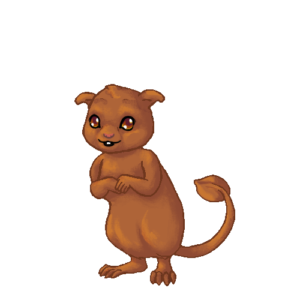
Lake
| Lake chirr are unique among chirr in that they have incredibly dense fur, like that of otters, and usually live in burrows accessed from under water. All chirr can swim well and hold their breath under water for upwards of fifteen minutes, but lake chirr truly love the water. Domesticated lake chirr must have a small pond in their owner’s yard or a large fresh water pool with sufficient plant life, or they will languish. Due to the large amount of time spent in the water, lake chirr have developed ears that close off underwater, and their tails have a paddle-like tip that aids in swimming. |
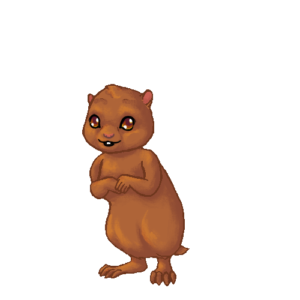
House
| House chirr are never found in the wild, but the result of very selective breeding by fanciers seeking a more hamster-like breed. They are extraordinarily affable even for chirr but somewhat rare when crossbreeding, as their ears and tails have proven to be recessive traits. |